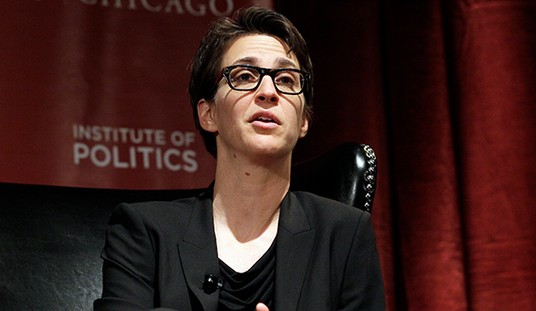Yesterday, the Baltimore Police Department confirmed that another body dropped on the streets of Charm City had brought their 2018 murder total to 297. The unnamed victim was a known gang member, described by police as “a former Public Enemy No. 1” and had been acquitted of a firebombing over the summer. Given the city’s recent history, the odds of there not being at least three more killings over the next sixteen days are not encouraging, to put it mildly.
If this plays out as expected, it will represent four years running where the death toll has exceeded 300, and that’s during a period of time when the city’s population has been declining. But as the Baltimore Sun reminds us, things weren’t always this bad.
Baltimore had fewer than 300 homicides a year from 2000 through 2014, when the number was 211. But in 2015, the year of Freddie Gray’s death and ensuing unrest, homicides surged to 342. In 2016, the total remained over 300. Last year, amid declining population, 342 killings represented the highest number of killings per capita.
The violence has left broken families and damaged communities. Throughout Baltimore, streets are dotted with stray crime scene tape left from past shootings, or collections of deflated Mylar balloons and stuffed animals memorializing the dead.
“It is in some ways very discouraging. There are times where there are arrests made, we see things decrease and spike, but often times it seems like a steady stream,” said City Councilman John Bullock, who represents parts of West Baltimore.
There was a time during the spring and early summer when I’d begun to hope that things were turning around. Community groups sponsoring “murder-free weekends” had actually managed to stop the killing for up to four days at a time. (If you live in a more rural or suburban area, four days without a killing may sound like nothing at all, but for Baltimore, it’s nearly a miracle.) The overall numbers coming into the heat of the summer were still bad, but not as bad as last year. Sadly, the period of July through October saw Baltimore making up for lost time.
What, if anything, can be done to end the madness? New York City has managed to cut their homicide rate to less than half of Baltimore’s, despite having a population literally fifteen times as large. The heart of the problem isn’t the criminals and the gangs. Every city has those. It’s the responsibility of the municipal, county and state governments to keep their people safe. In Charm City, they are failing at the job.
Still, the latest mayor is working on programs which show at least some promise. Rather than trying to tackle their crime problem across the board, they’ve begun selecting individual neighborhoods for additional resources and the use of reformed criminals who know the streets and attempt to intervene in disputes before they turn deadly. Dubbed the “Safe Streets Program,” Baltimore is adding three more such neighborhoods to the roster in 2019.
The Baltimore mayor’s office chose three neighborhoods for new Safe Streets sites, expanding the reach of a popular program that uses reformed criminals to intervene in disputes before violence breaks out.
The sites are expected to open next year in Northeast Baltimore’s Belair-Edison, South Baltimore’s Brooklyn and Madison-East End in East Baltimore — neighborhoods that between them have seen 53 shootings that resulted in 21 killings this year.
It’s an unconventional approach to be sure. And some might plausibly argue that a program only supporting individual neighborhoods is unfair because what about the rest of the city? Well, I can sympathize with them, but the city has repeatedly proven that their crime problem is too big to tackle on a broad scale… at least with the people who are currently in charge. So saving some lives is better than none, I suppose.
But as the funerals continue, residents of Baltimore should remember one thing. Their own elected representatives have continually voted against tougher sentencing for gun crimes and other measures which might have helped stem the violence. In the end, the only people who can save Baltimore are the voters who go to the polls each year.








Join the conversation as a VIP Member